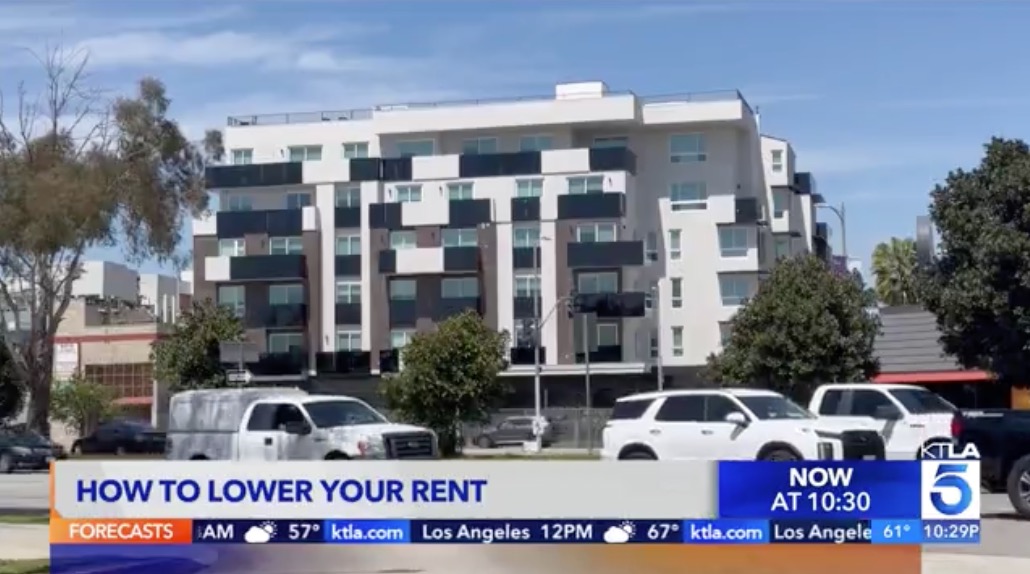Disclosure: Some of the links below are affiliate links, meaning at no additional cost to you, Dwellsy will earn a small commission if you click through and make a purchase.
If you have a furry pet companion that you want to take with you to your newly rented apartment, your landlord must have asked you to pay a pet deposit before moving in. As much as you might love your pet, there’s often a price to pay if you want to take your pet with you. This is probably why so many people search for pet-friendly places when searching for new rented apartments or houses.
As the name suggests, a pet deposit is a type of deposit that tenants are supposed to pay in order to keep a pet in their rental property.
Pets are typically associated with ‘damage’ by most landlords, so a pet deposit basically ensures that the tenant will prevent their pet from damaging the property and clean up after it.
Interestingly, a rental property becomes more appealing to potential renters if it allows pets, which is one reason why landlords require pet deposits to help keep the place clean and free from damage.
Fees and Pets – Numerous Options for Landlords
When it comes to pets and fees, landlords have multiple options to choose from at their disposal. These include:
- Pet security deposit
- Regular rent
- Recurring pet rent
- One-time pet fee
- Security deposit
It’s at the landlord’s discretion what they wish to charge from their tenants. They can mix and match the options mentioned above as per their requirements.

Pet Deposit and Pet Fee – What’s the Difference
People often get confused and mix the two terms – pet deposit and pet fee when, in actuality, they are completely different.
A pet deposit is a one-time charge, and it is fully refundable given that there’s no damage caused to the rental property by your pet.
On the other hand, a pet fee is non-refundable, and it may be a one-time payment or even a monthly fee like your actual rent.
Every state has different laws about pet payments, so it depends on where you live. Whatever the pet deposit and fee charges are, they will be specified in your pet agreement or lease contract.
The Tenant Pet Agreement
The pet deposit is charged on top of your regular deposit and is mentioned in the lease or the rental contract.
This deposit typically covers all kinds of wear and tear caused by your pet in the rented unit. It works like a security deposit, which means it’s also refundable. However, in case of damage, it might not be refunded at all.
For example, if your dog has a habit of using the wall as a scratching post, the repairing or repainting cost of the wall will be deducted from your pet deposit.
Many times, landlords tend to keep the deposit as a ‘cleaning fee’ to get the apartment cleaned once your lease is up.
How Much Is the Pet Deposit?
A common question asked by most tenants and renters is how much a pet deposit is supposed to be.
Well, it varies according to individual landlords and buildings, but studies show that an average pet deposit is between 40 – 85 percent of the total rent.
Common Inclusions in Pet Agreements
A typical pet agreement between a renter and a landlord includes many factors other than pet fees and pet deposits. These include:
- No limit liability
- Cleaning and repair clause
- Management authorization for pets
- Tenancy termination if pet agreement is broken in any way
- Management indemnity for litigation costs
Pet Rent and Pet Deposit – Know the Difference
Other than the pet fee, there’s also something known as pet rent, which a whole different story altogether.
Many landlords charge this from tenants, which is a monthly recurrent amount and is usually between $50 and $100.
It is added on top of your regular rent, and the amount tends to vary depending on the type and the number of pets allowed by your landlord.
The Purpose Behind Pet Deposits – Are They A Good Idea?
As a renter, you should know that charging a separate pet deposit fee is legal in some states, but illegal in others. This is why you should be well aware of the laws in your state that have to do with pet rental agreements.
As we mentioned earlier, the main reason why landlords charge pet deposits is to ensure that they have money to cover any damage caused by the tenant’s pet.
But is a pet deposit a good idea?
Well, truthfully, it isn’t always such a good option for landlords.
Consider this; if a landlord collects, say, $400 from you as a pet deposit, but the cost of replacing a urine-stained carpet is $800, they can’t dip into your security deposit to cover the cost. They will have to pay the remainder of the cost from their own pocket. This often doesn’t work in their favor in case such a situation arises.
So, many landlords end up demanding high rent or security deposits instead of asking tenants to pay a pet deposit.
However, if you consider the other side of the problem, it’s quite a necessity for both landlords and tenants.
Renters need to prove to their landlords and show them that they are responsible enough to keep a pet, whereas landlords have to protect their property from damage.
In certain states, Lemonade renters insurance would provide coverage for damage done to a landlord’s property from the tenant’s pet. It provides up to $500 worth of coverage (if the damage exceeds your apartment’s security or pet deposit).
Are You Looking for a Pet-Friendly Space for You and Your Furry Friend?
Many tenants complain about all these extra pet fees, which often means that it takes them a lot of time to find a nice place for themselves and their pets. However, there are some people that aren’t bothered by it; they are just happy to find a place for their furry buddies. If you are looking to rent a pet-friendly space for you and your pet, check what’s available at Dwellsy. You will find many options, and you can shortlist the ones that best meet your requirements and expectations.
Check out our other blog posts on Dwellsy’s blog.








